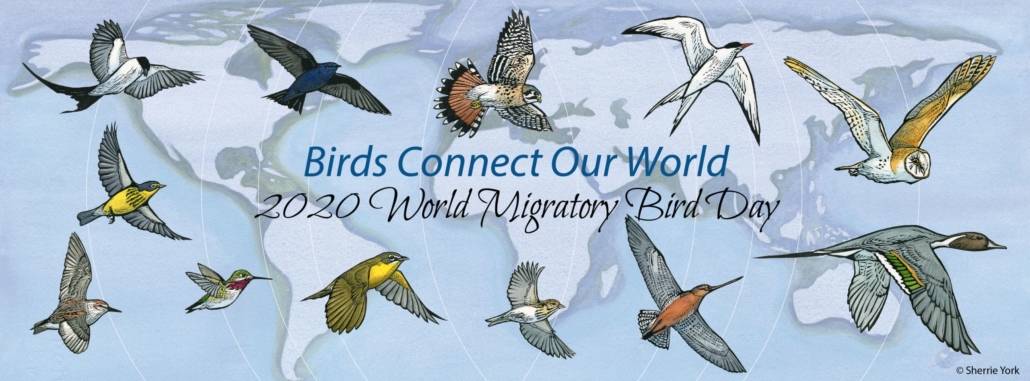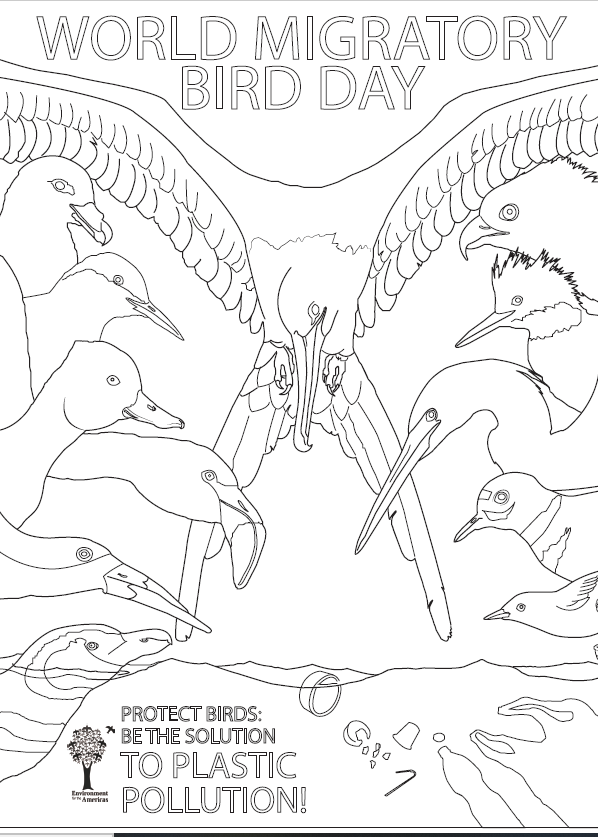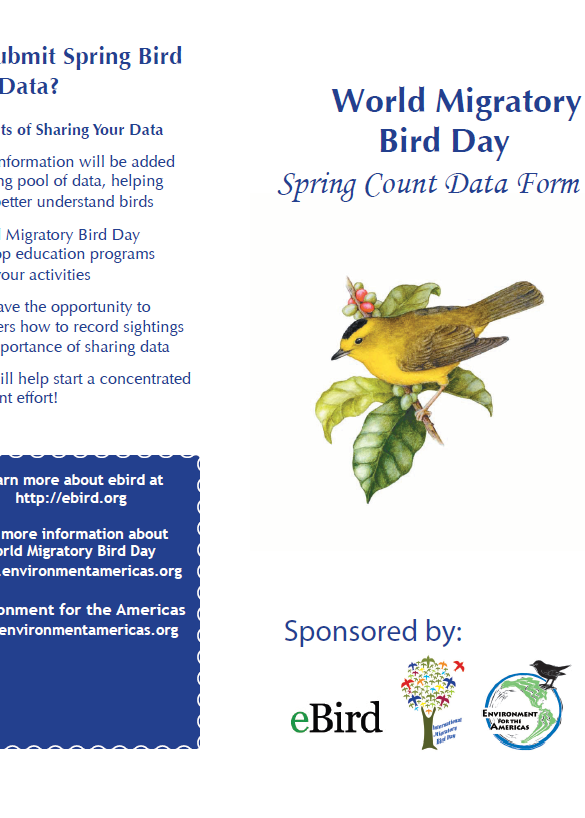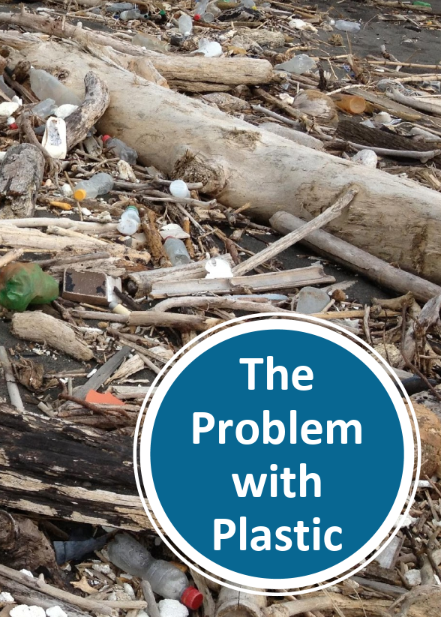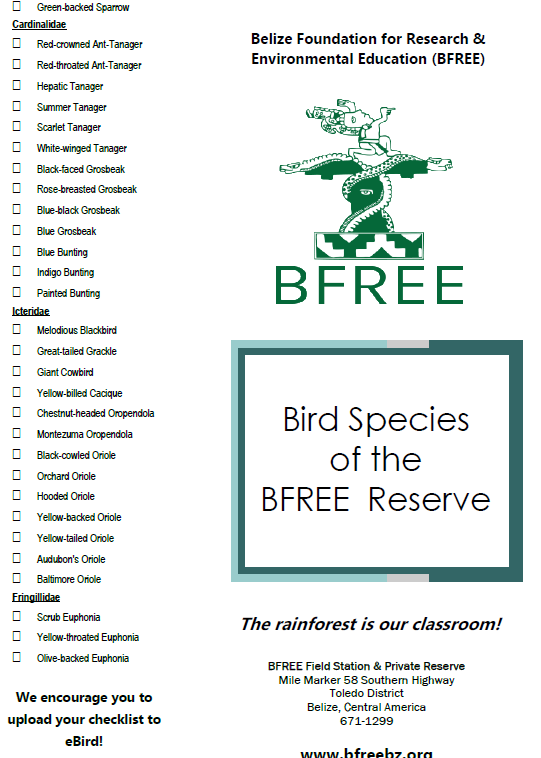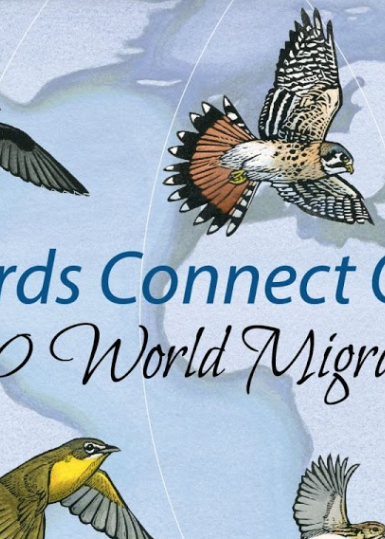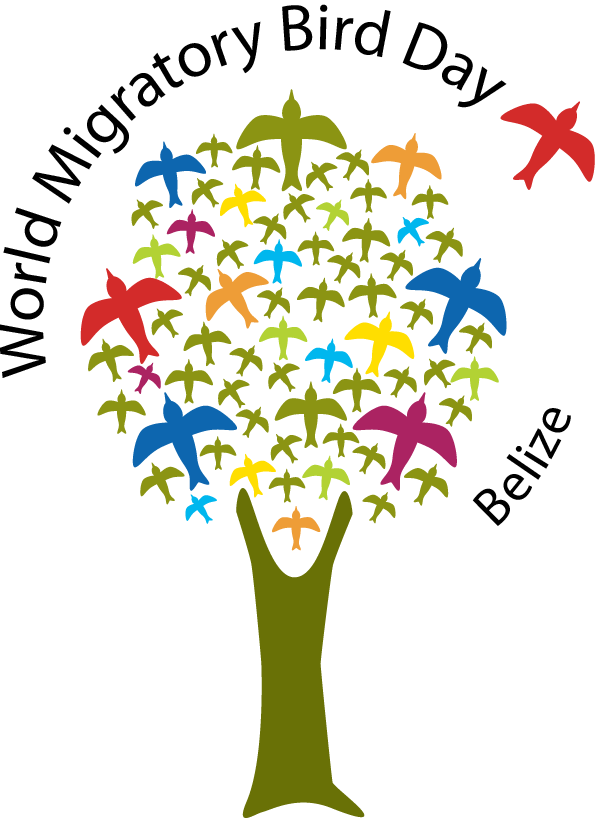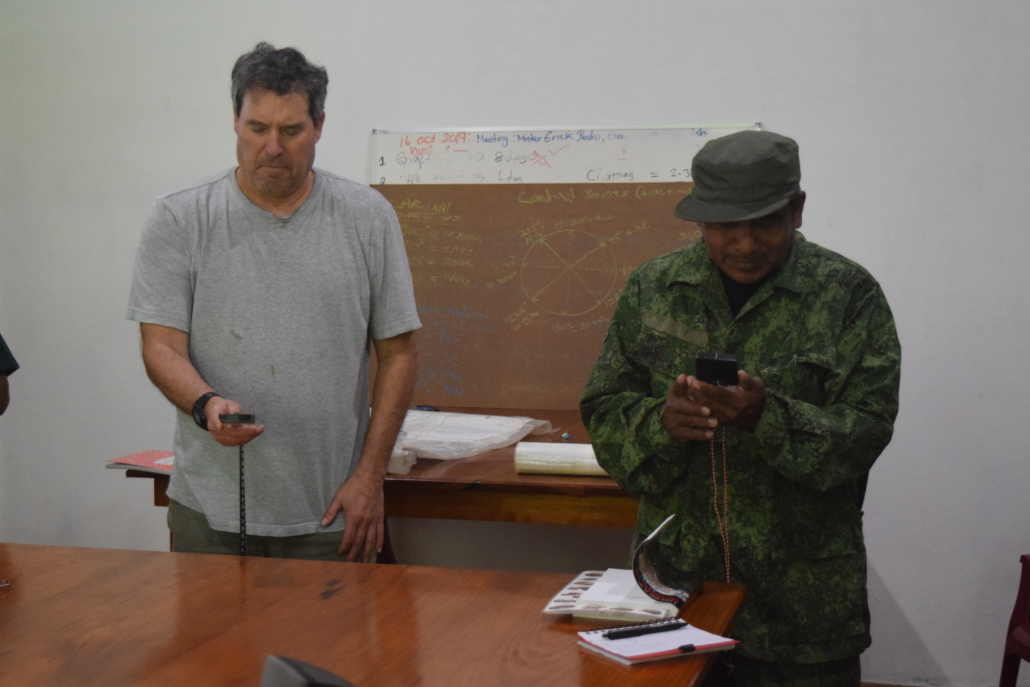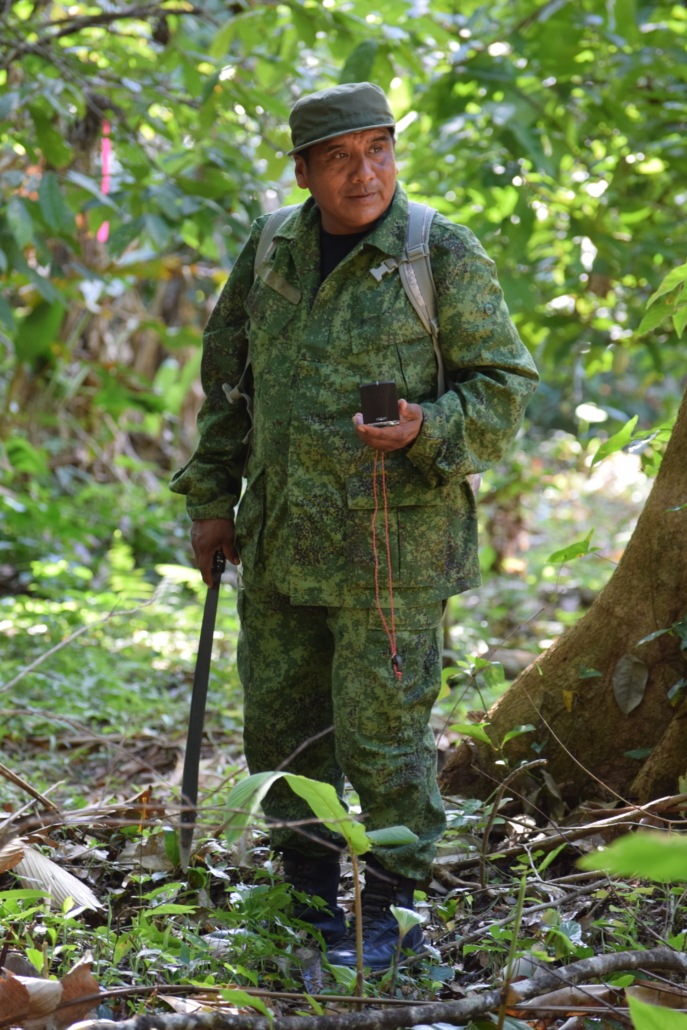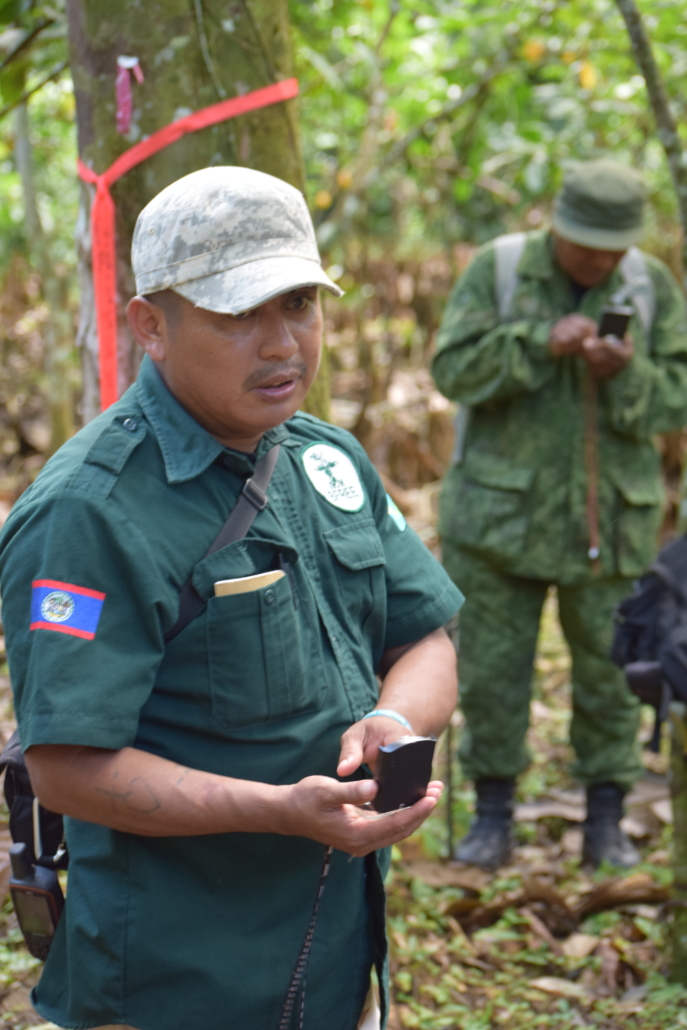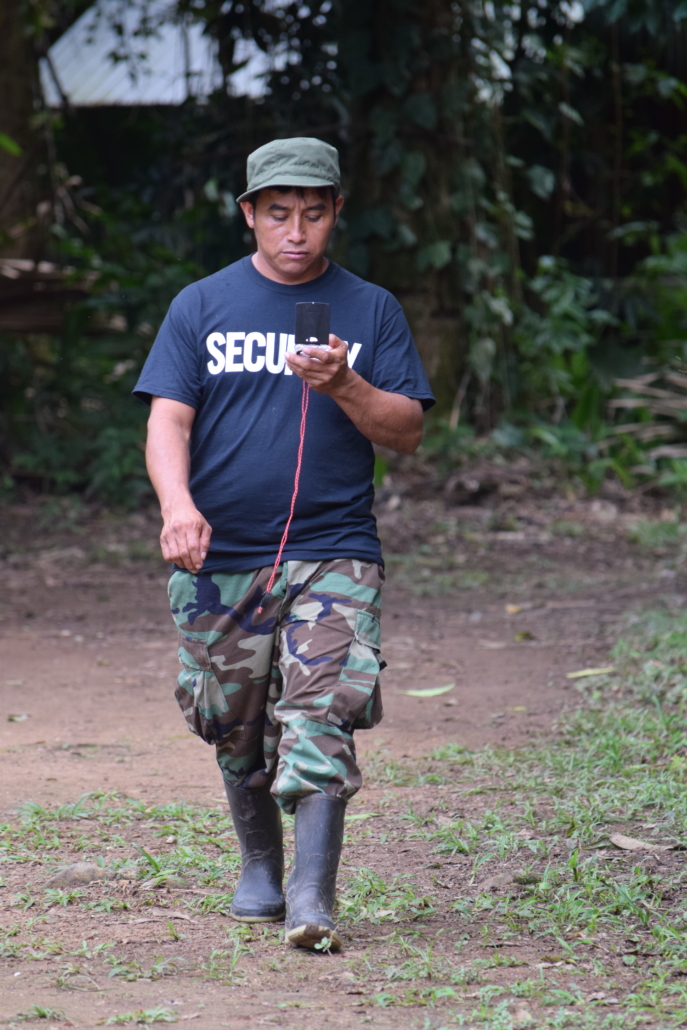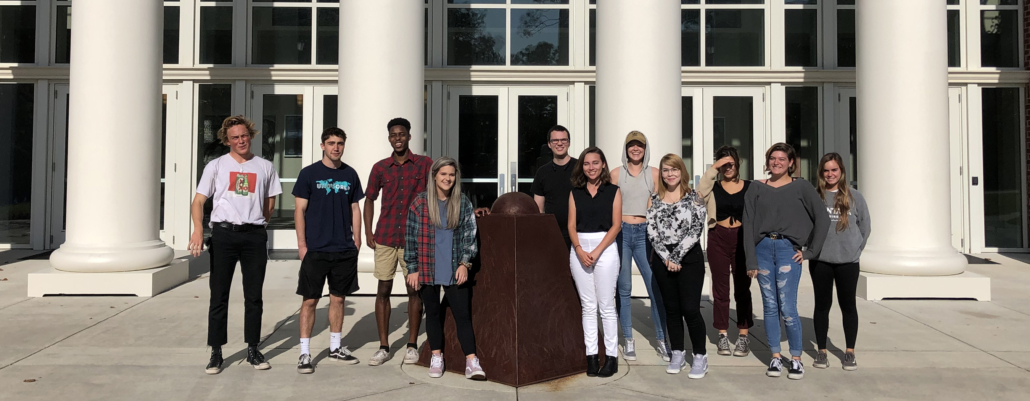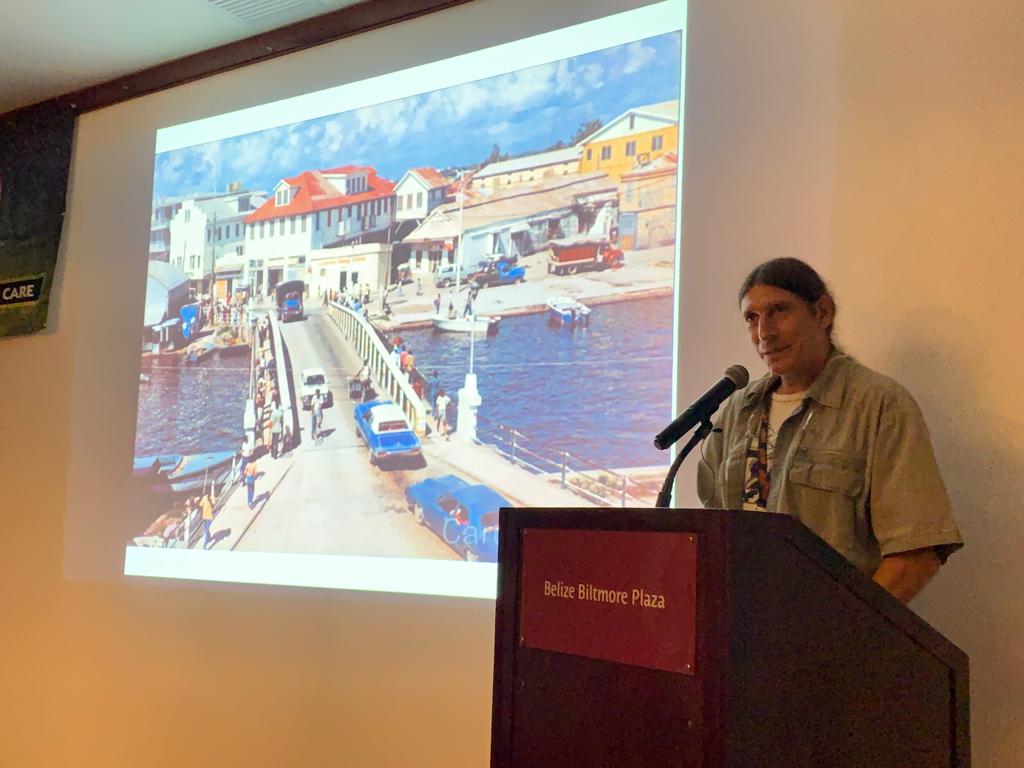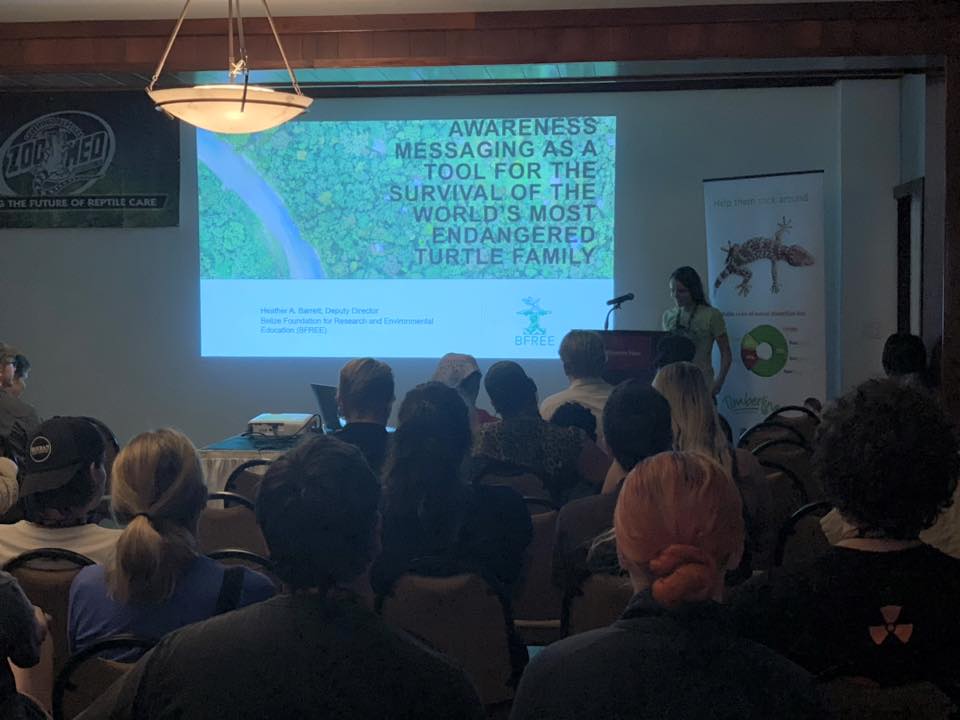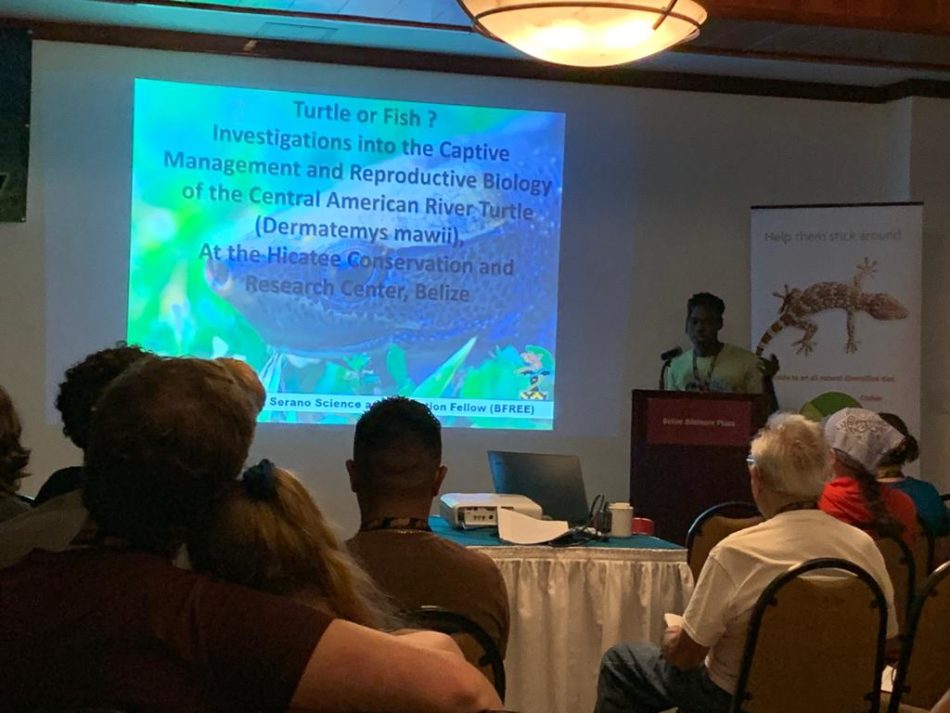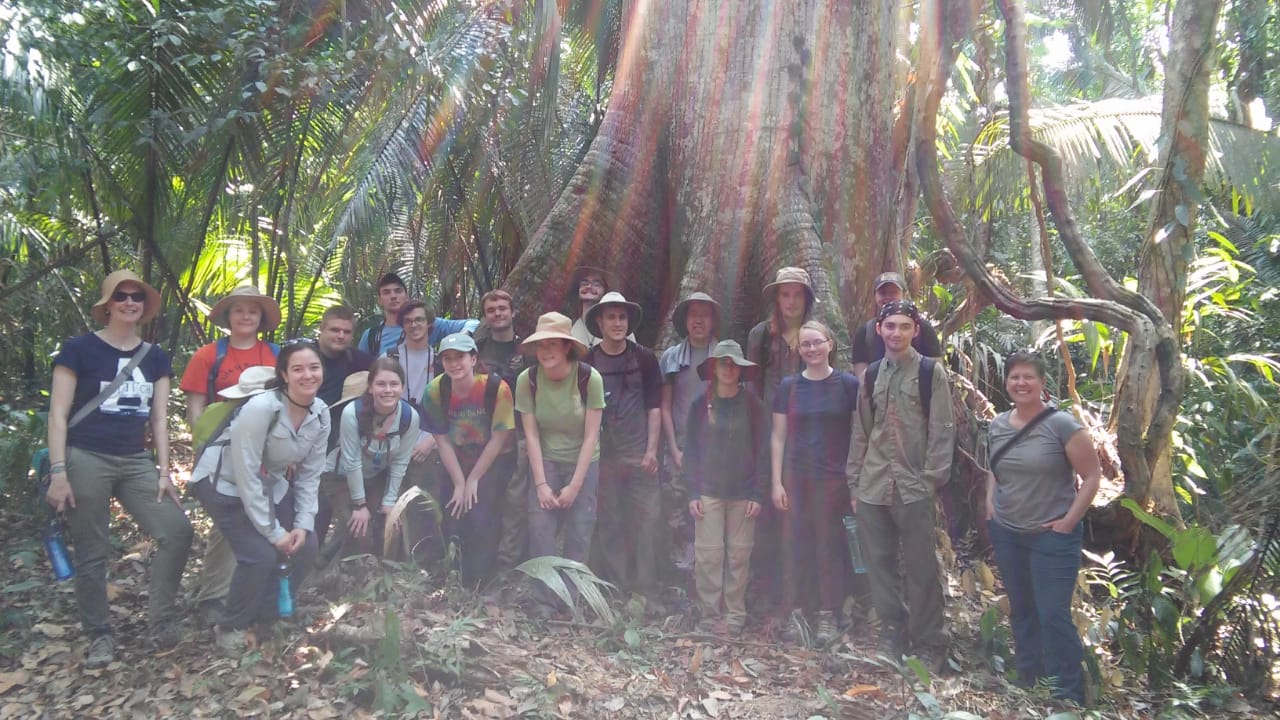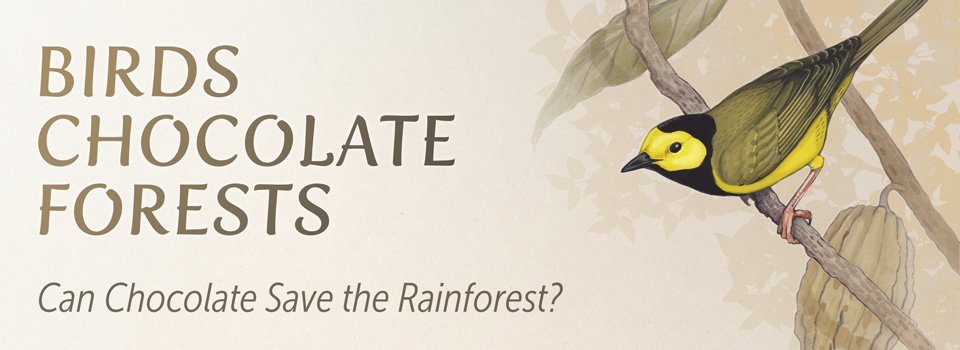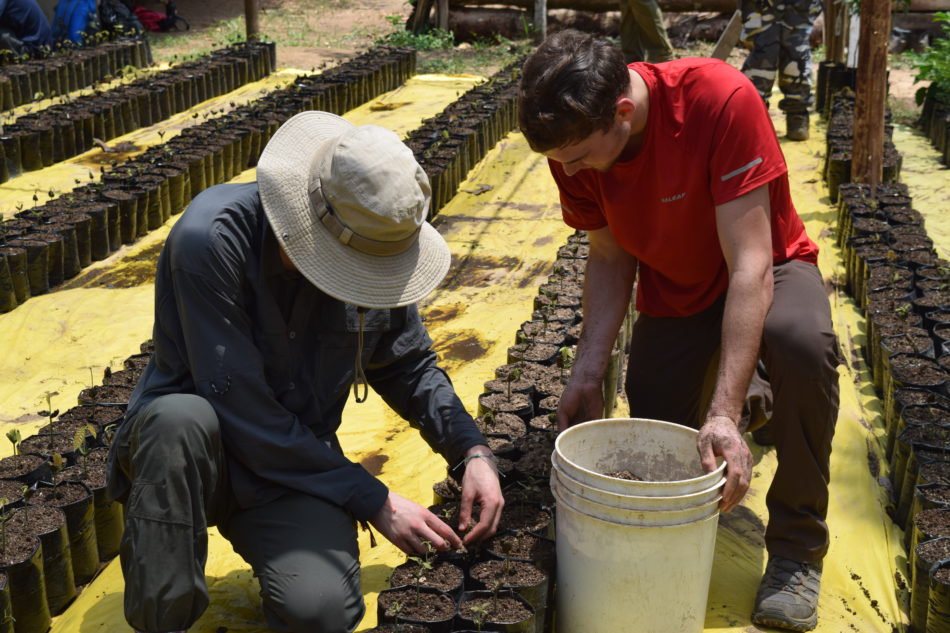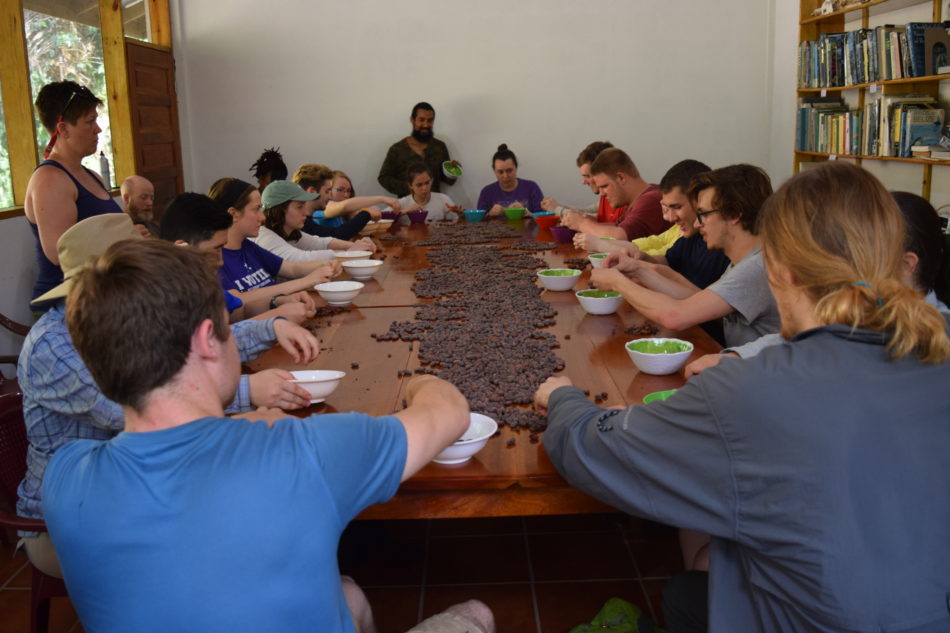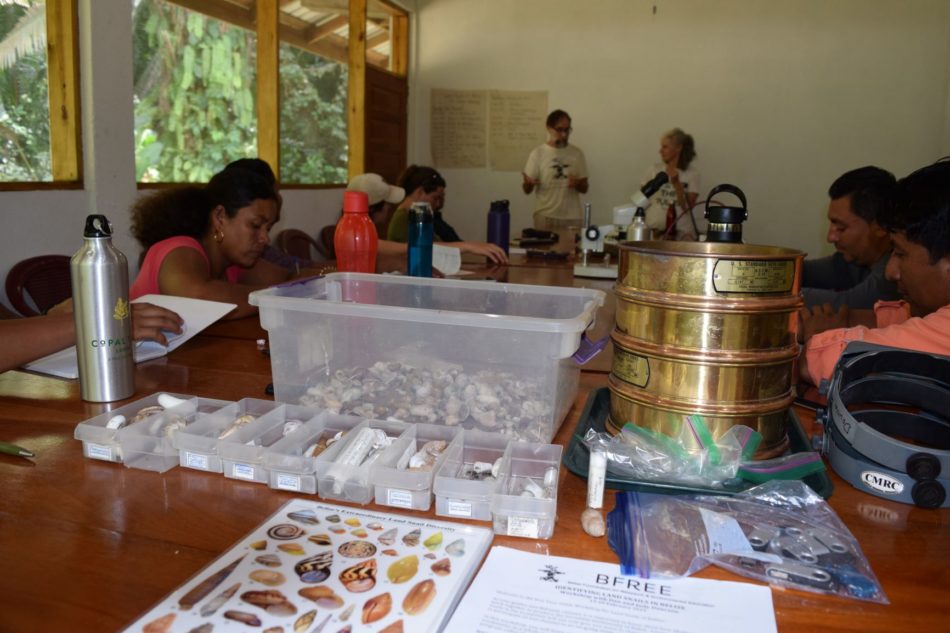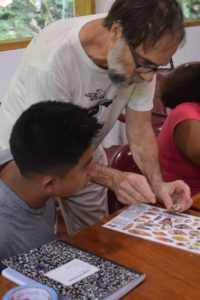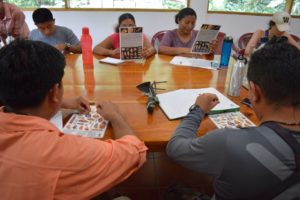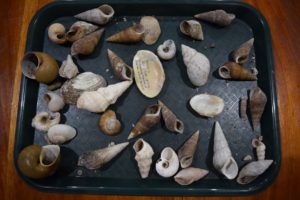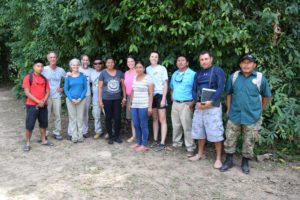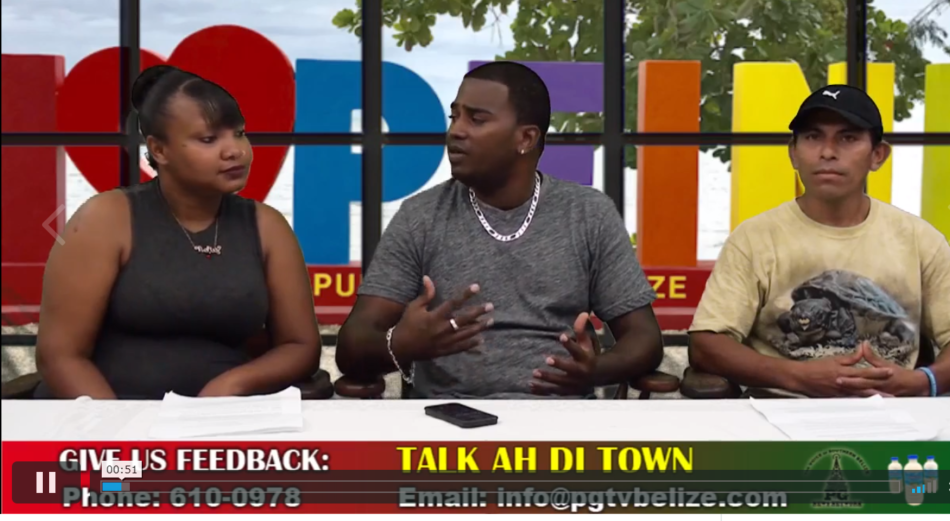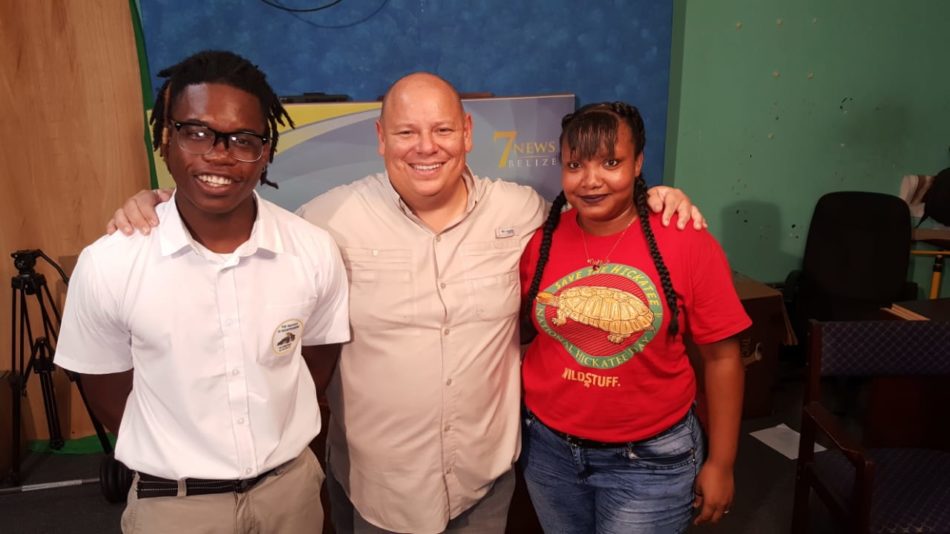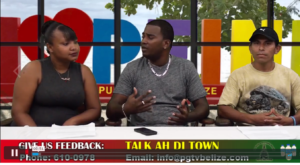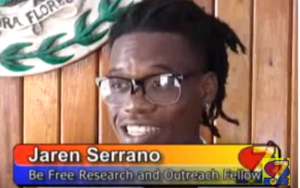Belize Wildlife and Referral Clinic Spotlight

Last week, BFREE Deputy Director, Heather Barrett, traveled to the Belize Wildlife and Referral Clinic (BWRC) in the Cayo District of Western Belize to retrieve twelve of the HCRC captive-born Hicatee turtles. They had been cared for at the BWRC by Dr. Isabelle Paquet-Durand, DVM, and her team and the turtles were in good health overall. While they could have stayed for longer observation and data collection on this unique species, Corona changed it all. The recent shutdown of tourism, which provided a large portion of the non-profit clinics income as well as hands-on assistance from interns was combined with being an essential business that continued to offer services. Then came the spread of dry season fires throughout Belize and the annual baby season (which is high season for wildlife orphan intakes)… and “anybody healthy had to make space for more critical cases”. Just like the human hospitals had to do for COVID patients, Dr. Isabelle, therefore, requested BFREE to retrieve our turtles to make room for those animals with more serious health conditions.
Injuries to wildlife during a fire may include burns, injuries from falling out of trees, or having things fall onto them while escaping, or maybe less severe stresses that can still prove fatal if not addressed – like smoke inhalation and dehydration. Some animals just need access to water, food, or shelter, until their natural environment recovers. The BWRC received animals with all of these conditions. On the day that the Hicatee were retrieved, there were kinkajous, turtles, a howler monkey, squirrels, opossums, and snakes – escapees from the fire or orphans for unknown reasons. One kinkajou had fled the fire with minor burns only to climb an electrical pole where it grabbed a live wire and was electrocuted.
The BWRC’s mission is to support wildlife conservation efforts; domestic animal health and welfare; and the veterinary profession in Belize through medical services, education, research, and collaboration. Their work is big and growing all the time but they try to stay focused on their mission. In addition to the fire victims in the clinic last week, there were also confiscated animals and animals that were neglected or abused by their owners.
Jacob Marlin first met Dr. Isabelle in 2011 when the Hicatee Conservation Network was being formed and she first visited BFREE and the Hicatee Conservation and Research Center in 2015. Because of her valuable insight and a keen interest in helping to conserve this amazing species, she was invited back to participate in all subsequent Hicatee Health Assessments and has been a strong partner ever since.
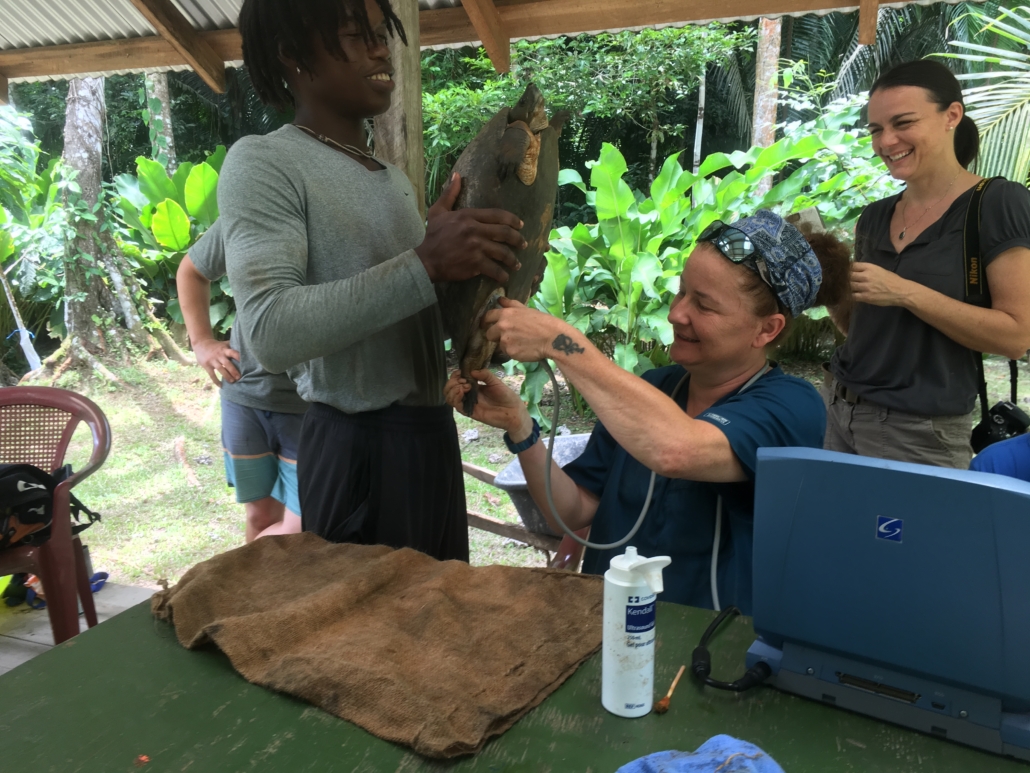
Dr. Isabelle has been the lead Belize veterinarian evaluating our captive population of Hicatee for over four years. She attends two Hicatee Health Assessments per year to determine the health and reproductive status of our growing population of turtles. Just like baby humans, our hatchling and juvenile turtles are especially vulnerable to sickness caused by temperature changes, nutritional deficiencies, or other stressors. For this reason, when our young turtles are failing to thrive, Dr. Isabelle takes them to the clinic for several months to give them the additional veterinary care that will help them recover. This also gives her the opportunity to monitor them in order to gain a better understanding of their needs over time.
In the four years that BFREE has partnered with the BWRC, we have been impressed by their commitment to wildlife like the Hicatee and to educating Belizeans and visitors from abroad. As their partner, we would like to advocate for their campaign to fundraise for operational expenses during this trying time. With the halt of all veterinary trainees from abroad due to travel restrictions from Covid-19, the BWRC has lost a critical revenue stream. Like many organizations in Belize and worldwide, they are struggling to make ends meet but don’t want to furlough any of their small but critical staff when animals are still in need of daily care.
BWRC is thankful for any and all kind words, supplies or donations via PayPal to payment@belizewildlifeclinic.org.
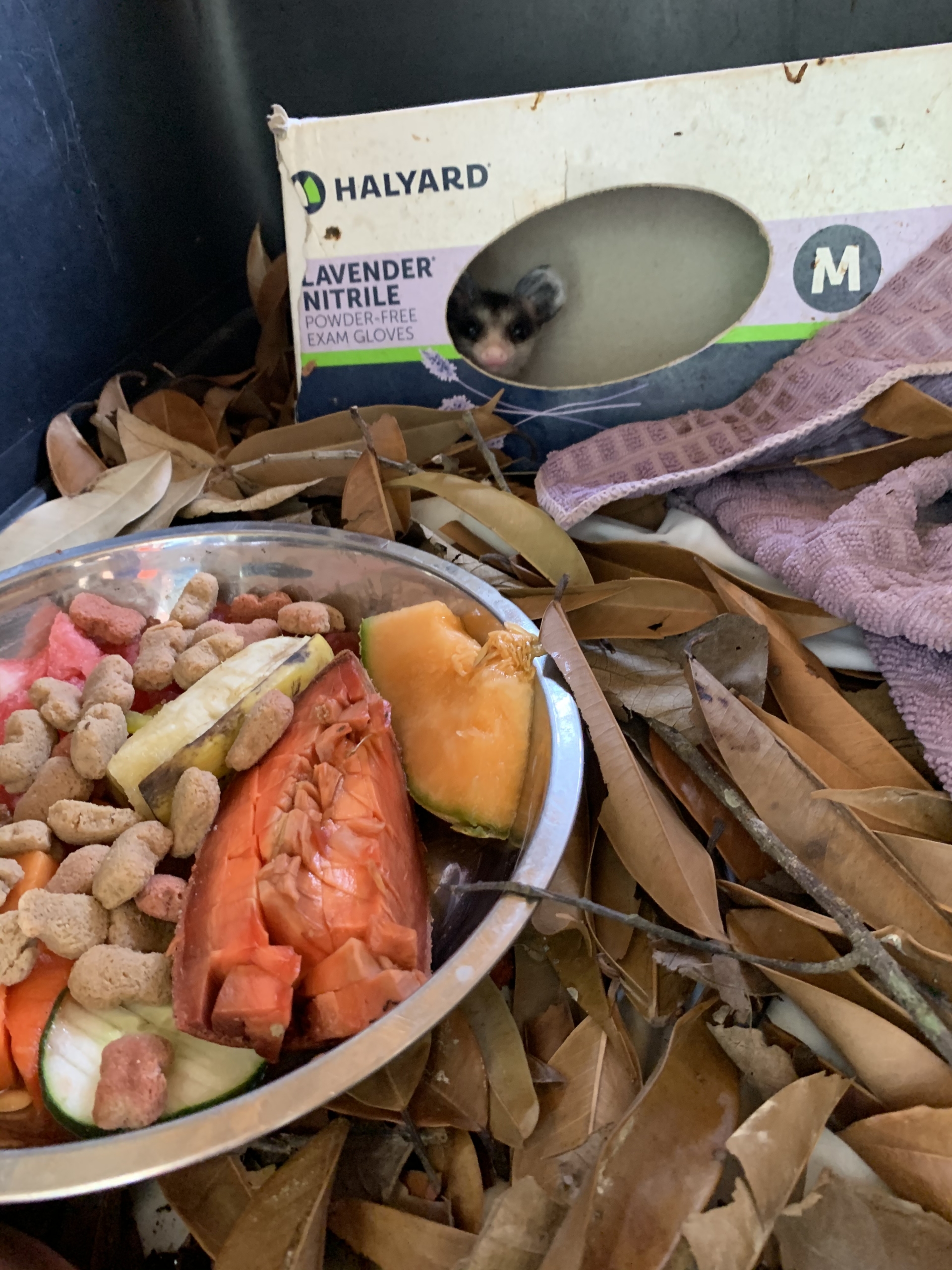
Opossums aren’t everyone’s favorite animal but who couldn’t love this little cutie? 
Glendy Bautista feeds a bottle to a very dehydrated baby squirrel. 
Twelve Hicatee juveniles returned to the HCRC last week. With some vitamins and supplements, their overall health is improving.

